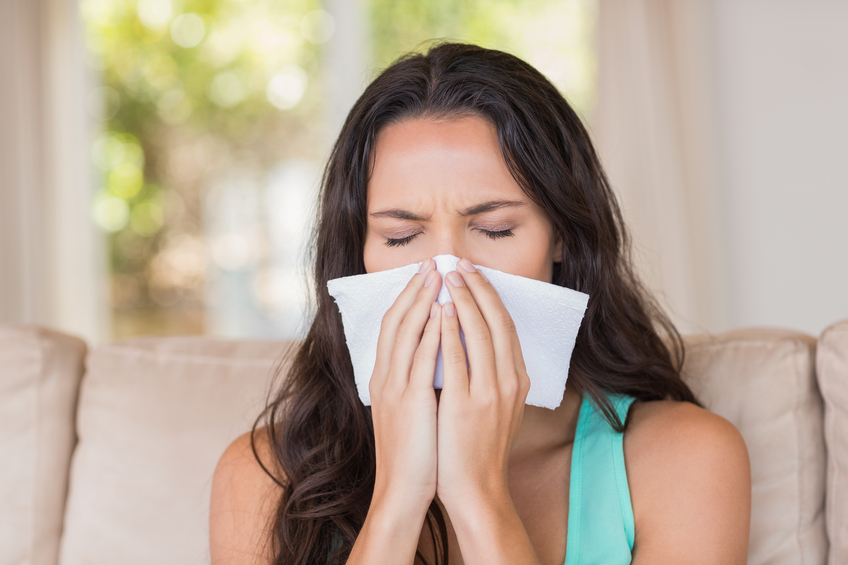 Ragweed. Pet dander. Tree pollen. Mountain cedar. Regardless of what’s causing your allergy symptoms, the sniffling, coughing, sneezing and itching are a major downer any time of the year. Before you reach for the antihistamines, look around the house. Odds are you already have many of the tools—your appliances—that can reduce the level of allergens in your home and help you breathe a bit easier.
Ragweed. Pet dander. Tree pollen. Mountain cedar. Regardless of what’s causing your allergy symptoms, the sniffling, coughing, sneezing and itching are a major downer any time of the year. Before you reach for the antihistamines, look around the house. Odds are you already have many of the tools—your appliances—that can reduce the level of allergens in your home and help you breathe a bit easier.
AHAM spoke with two allergy experts, Corinna Bowser, M.D., of Narberth Allergy & Asthma in Narbeth, Pa., and Sakina Bajowala, M.D., of Kaneland Allergy in North Aurora, Ill., who shared their advice on how your appliances can help you find allergy relief:
Vacuum: Vacuums with HEPA filters can be helpful in removing both ground allergens, like dust mites, and airborne allergens like pollen. A stick vacuum may be a convenient option to help you remove dust mites from the hard surfaces in your home between regular cleaning sessions. Finally, consider having someone who doesn’t suffer from allergies do the vacuuming.
Room air cleaner: Air cleaners also utilize HEPA filters to remove allergens from the air. Do you have pets? Keep an air cleaner running in the room or area where the pets spend their most time and in the room where the allergic person sleeps. “Running a HEPA filter can help to reduce the levels of allergens in the air by up to 50 percent,” Bajowala said. “The air filters can help trap a lot of the allergens and make the air more suitable for asthmatic or allergic patients to breathe.”
Air conditioner: Air conditioners will help filter outdoor allergens and keep them outside. Combine them with a room air cleaner for an extra layer of protection. “Many patients with asthma and allergies do a lot better in air conditioned environments,” Bajowala said. “Both room and portable air conditioners can be helpful.”
Dehumidifier: The dreaded dust mite thrives in a human environment. “The more people, animals and humidity, the more dust mites,” Bowser said. Dust mites live year round, which means you have to take year-round precautions. Dehumidifiers can help reduce the humidity in your home and give the mites a less-favorable environment. “The recommended humidity is under 50 percent,” Bowser said. Bajowala recommends purchasing a humidity monitor to check your levels. Keep in mind that any appliance that uses water has the potential to grow mold, so follow the manufacturer’s recommendations for cleaning.
Washing machine: Dust mites tend to thrive in mattresses. You can help kill the mites by washing your linens in hot water. Washing machines will also help remove outdoor allergens like pollen from your clothes. “The pollen that covers cars is the same stuff that settles in our hair and clothes,” Bowser said. “It can become airborne again.”
Dishwashers: This isn’t related to seasonal allergies, but Bajowala recommends that anyone who lives in a home where someone suffers from food allergies wash their dishes on a sanitize cycle. “It does a better job of cleaning the surface and not transferring [allergens] from dish to dish. Hand washing can leave food protein behind.”
Finally, it’s important to visit a doctor to see if you can find out what’s causing your symptoms. “It helps to get tested and see what you’re allergic to,” Bowser said. “You can then focus more on what’s causing it and get the right advice.”




